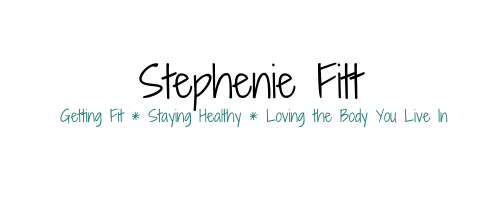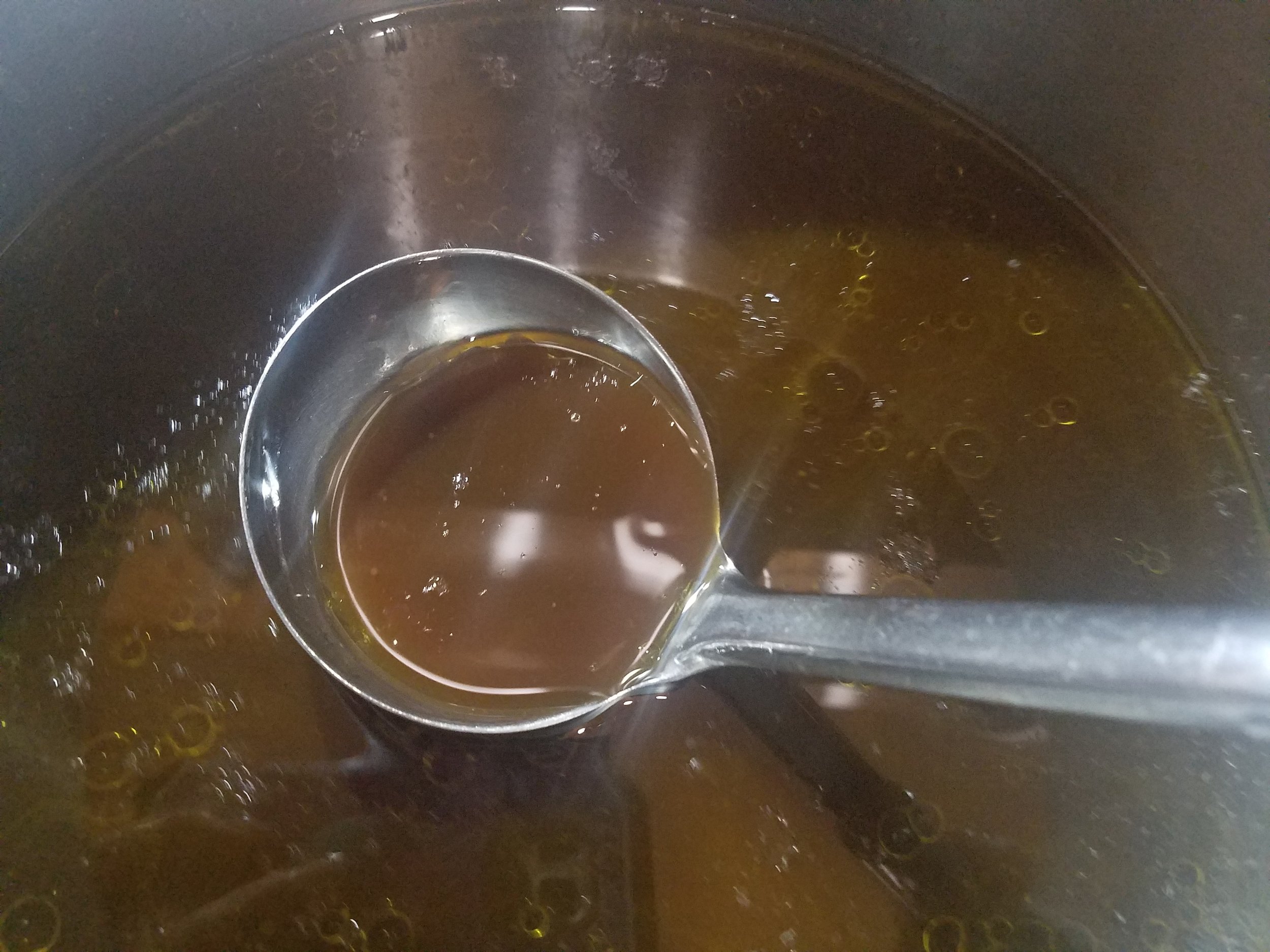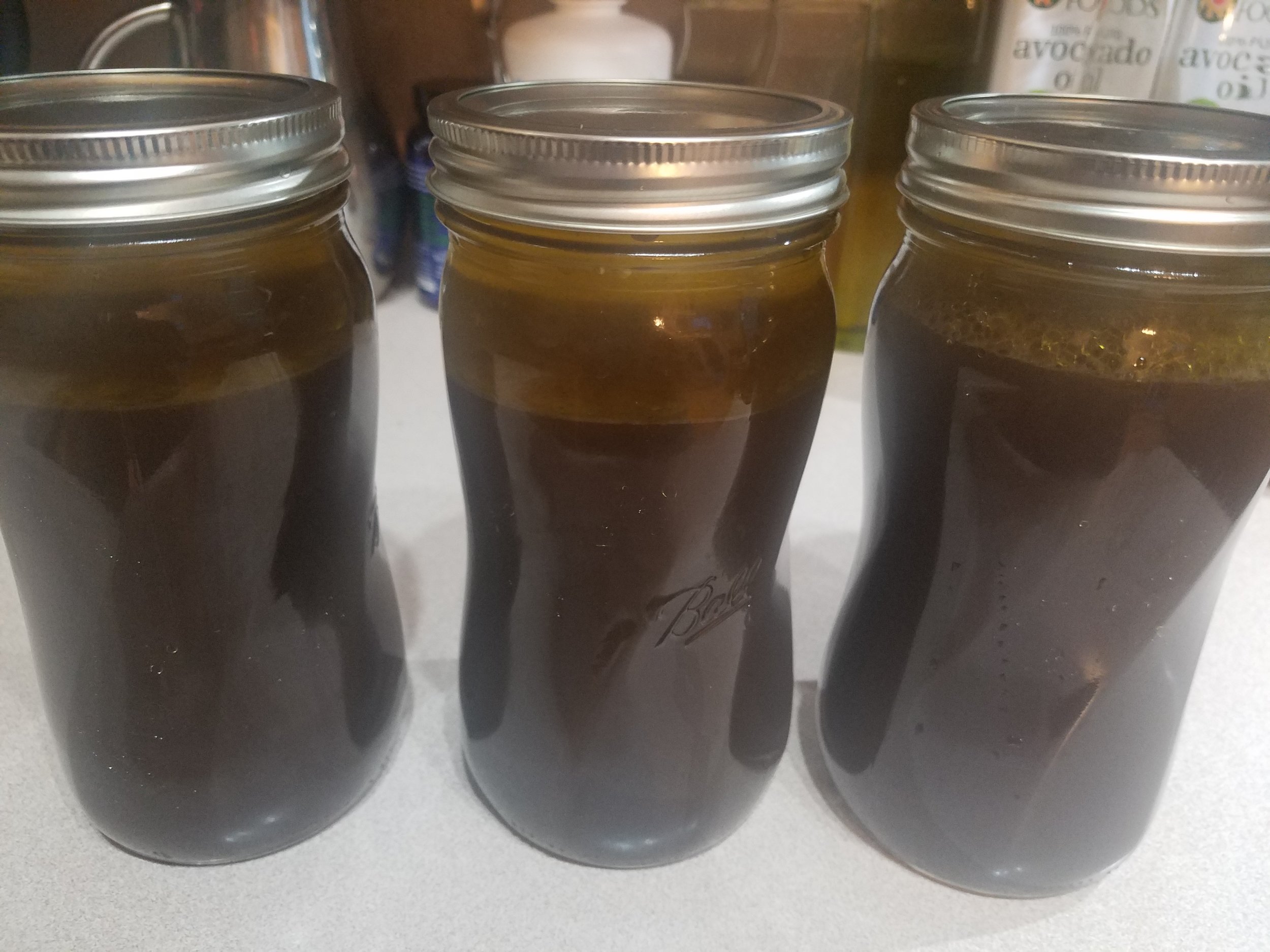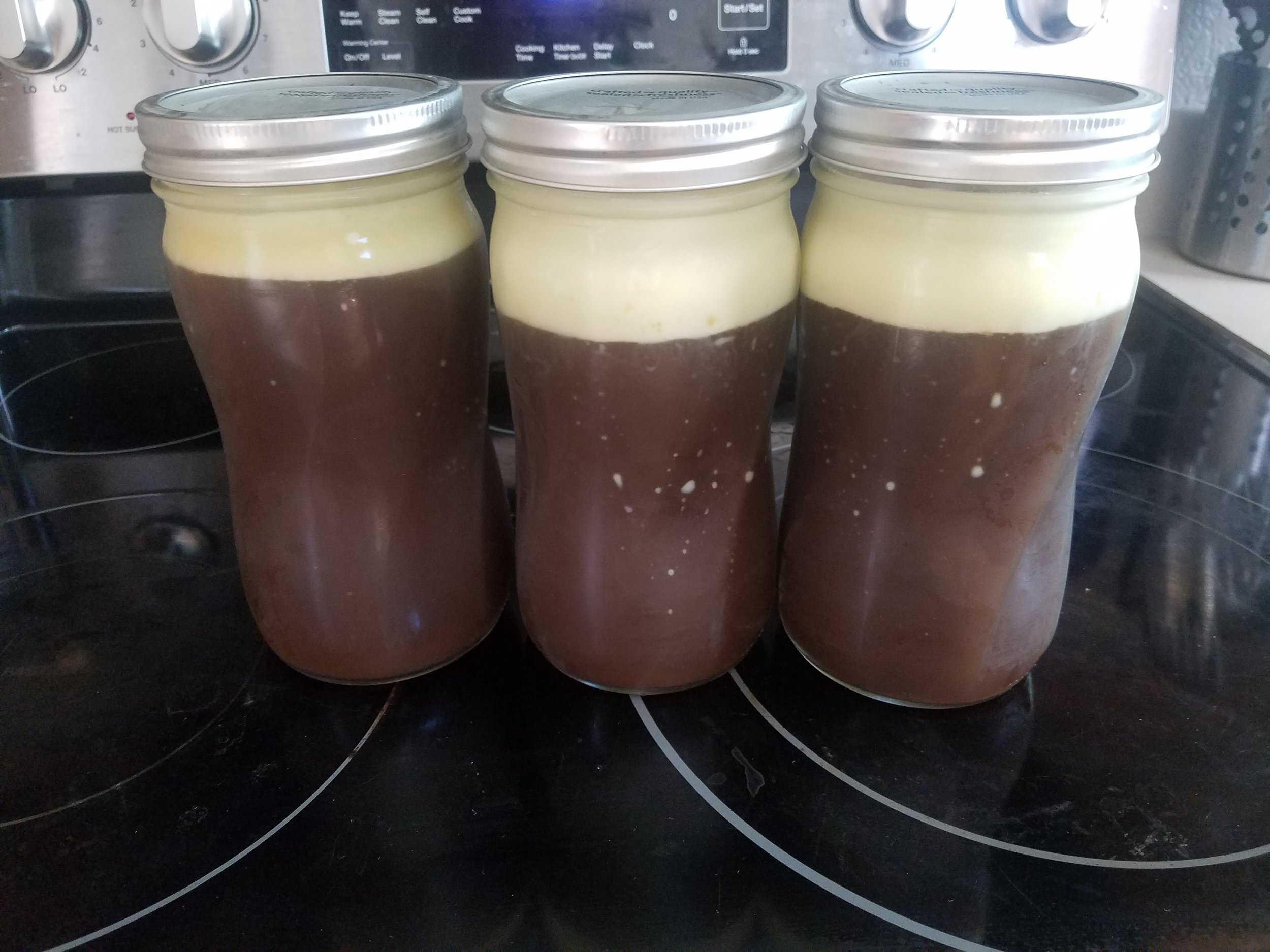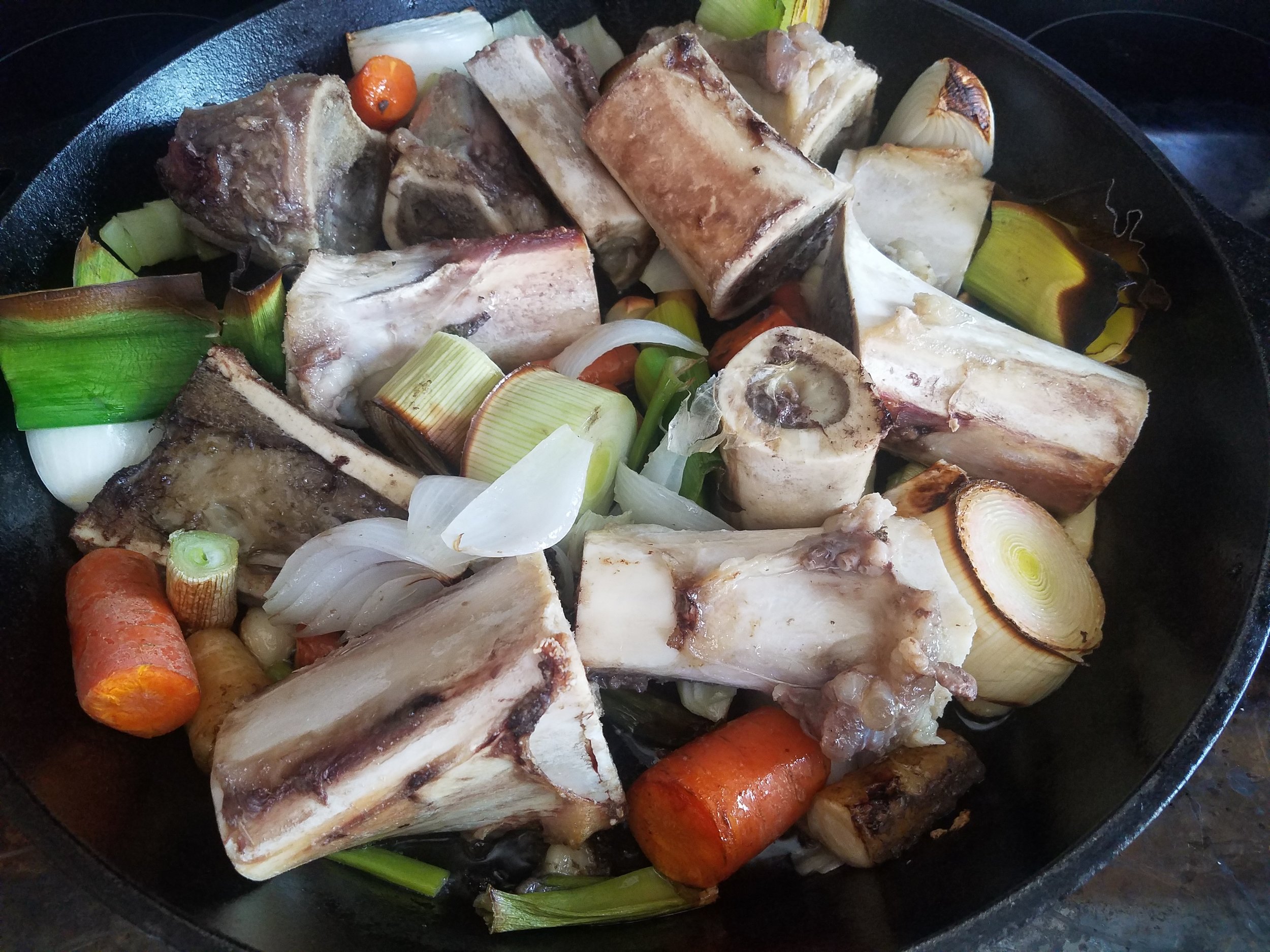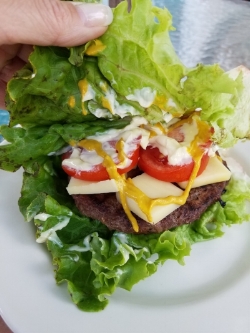(FOR THOSE OF YOU WHO LIKE TO NERD-OUT ON THE SCIENCE BEHIND NUTRITION, I WILL BE SHARING PORTIONS OF MY WRITINGS FOR MY MASTER'S OF SCIENCE IN HOLISTIC NUTRITION.)
Magnesium
I heard a few years back that magnesium supplements help improve sleep. At the time, I was educating myself on every single alternative way I could keep my breast cancer from coming back, and magnesium kept catching my eye. With the promise of better sleep, and thus improved immunity and decreased inflammation as a byproduct, I was smitten. I promptly purchased a giant bottle of pills from CostCo and began my journey with magnesium.
I have since learned that in addition to improving sleep, magnesium has been used throughout history to relieve headaches, muscle soreness and cramps, depression and anxiety, and improved heart and bone health (13 Amazing Magnesium Benefits, 2017, https://www.organicfacts.net/health-benefits/minerals/health-benefits-of-magnesium.html).
This mineral is an important player in multiple functions and structures in the human body (Hidgon & Drake, 2012, p.169). Essential to healthy bone structure, 50-60% of magnesium in the body resides in the bones (Smolin & Grosvenor, 2013, p.465). The remaining magnesium is found inside cells, where it is associated with the negative charge on phosphate-containing molecules, regulates calcium homeostasis, is vital in the action of vitamin D, and interacts with many hormones (Smolin & Grosvenor, 2013, p.465). Magnesium is one of the most common cofactors in the body, playing a crucial role in glucose and fat breakdown, the production of proteins, enzymes, and antioxidants, the creation of DNA and RNA, and the regulation of cholesterol production (What is Magnesium?, 2018, http://www.ancient-minerals.com/magnesium-benefits/what-is-function/).
Magnesium is essential for energy production, metabolizing carbohydrates and fats through several chemical reactions (Higdon & Drake, 2012, p.169). It’s required for the synthesis of essential biomolecules, plays a structural role in bone, cell membranes, and chromosomes, facilitates ion transport across cell membranes, and affects cell signaling and cell migration (Higdon & Drake, 2012, p.169). Magnesium is one of the six essential minerals, vital to optimal health, that can only be supplied in the diet (What is Magnesium?, 2018, http://www.ancient-minerals.com/magnesium-benefits/what-is-function/).
Magnesium deficiency is rare, as a balanced diet provides abundant plant and animal sources of this mineral (Higdon & Drake, 2012, p.170). Kidneys are also able to limit excretion of magnesium in the urine when intake is low, a sort of self-monitoring system (Higdon & Drake, 2012, p.170). Certain conditions increase the risk of magnesium deficiency: gastrointestinal disorders, such as chronic diarrhea, Crohn disease, surgical removal of a portion of the intestine, and radiation-related intestinal inflammation; renal disorders, including diabetes mellitus and certain medications that increase urinary output of magnesium; chronic alcoholism, where gastrointestinal problems and increased urinary loss of magnesium are an issue; older age, when it is found that intestinal absorption of magnesium decreases and urinary output increases (Higdon & Drake, 2012, p.170). Signs of deficiency include nausea, muscle weakness, cramping, irritability, mental derangement, and changes in blood pressure and heartbeat (Smolin & Grosvenor, 2013, p.466).
Magnesium toxicity has not been observed from ingestion of magnesium from food, but can occur with over-supplementation and with certain drugs (Smolin & Grosvenor, 2013, p.466). Impaired kidney function contributes of retention of magnesium as well (Smolin & Grosvenor, 2012, p.466). Symptoms include nausea, vomiting, low blood pressure, and cardiovascular changes (Smolin & Grosvenor, 2012, p.466). Some find even small doses of oral supplementation aggravates the gastrointestinal tract, with diarrhea being the leading side-effect (Higdon & Drake, 2012, p.175).
Dietary sources of magnesium include leafy green vegetables (magnesium is a part of chlorophyll, the green pigment in plants), unrefined grains and nuts, meat, milk, and hard water (Higdon & Drake, 2012, p.175).
Supplement sources are available as magnesium oxide, magnesium gluconate, magnesium chloride, and magnesium citrate salts (Higdon & Drake, 2012, p.175). Some forms are taken orally while others are absorbed transdermally, through lotions, oils, or bath soaks (What is Magnesium?, 2018, http://www.ancient-minerals.com/magnesium-benefits/what-is-function/). As stated above, some people find oral delivery of magnesium irritating to the gastrointestinal tract, even at small doses, so may turn to the skin delivery system for supplementation (What is Magnesium?, 2018, http://www.ancient-minerals.com/magnesium-benefits/what-is-function/).
After tracking my food intake for a 24-hour period, my magnesium intake proves to be on track. My Dietary Reference Intake (DRI) is a goal of 320mg/day and my actual intake for the day was 306mg/day (Smolin & Grosvenor, 2010). I fell slightly low in food consumption of magnesium, but I spray a topical pure magnesium oil (magnesium chloride brine) on my abdomen every night for transdermal delivery, which is not reflected in the food journaling. The magnesium chloride brine I spray nightly on my abdomen provides me with an additional 330mg. This takes me to approximately 636mg/day of magnesium, well past the upper limit of my DRI.
When it comes to my Suggested Optimal Nutritional Allowances (SONA), however, I fall woefully short of the 450-550mg/day recommendation with diet alone (The Suggested Optimal Daily Nutritional Allowances, 2017). The magnesium chloride brine I spray nightly on my abdomen provides me with an additional 330mg. This takes me to approximately 636mg/day of magnesium, past the upper limit of SONA. I experience no adverse gastrointestinal or other side effects with this daily dosage.
Turned on to magnesium as a healing tool in my breast cancer journey, I am an ardent advocate of its benefits for a myriad of health issues from sleep disturbances to muscle aches and more. Best consumed through diet, it is also available in different oral and transdermal supplementations to ensure adequate intake of this vital mineral.
xoxo,
References
13 Amazing Magnesium Benefits. (2017, October 06). Retrieved February 11, 2018, from https://www.organicfacts.net/health-benefits/minerals/health-benefits-of-magnesium.html
Higdon, J., & Drake, V. J. (2012). An evidence-based approach to vitamins and minerals: health benefits and intake recommendations. Stuttgart: Thieme.
Smolin, L. A., & Grosvenor, M. B. (2013). Nutrition: science and applications(3rd ed.). Hoboken, NJ: Wiley.
Smolin, L. A., & Grosvenor, M. B. (2010). IProfile: assessing your diet and energy balance. Hoboken, NJ: Wiley. Retrieved January 25, 2018.
The Suggested Optimal Daily Nutritional Allowances (SONA)[Online reading material for MSHN 515, Hawthorn University]. (2017).
What is Magnesium? How it Functions in the Body. (n.d.). Retrieved February 07, 2018, from http://www.ancient-minerals.com/magnesium-benefits/what-is-function/
